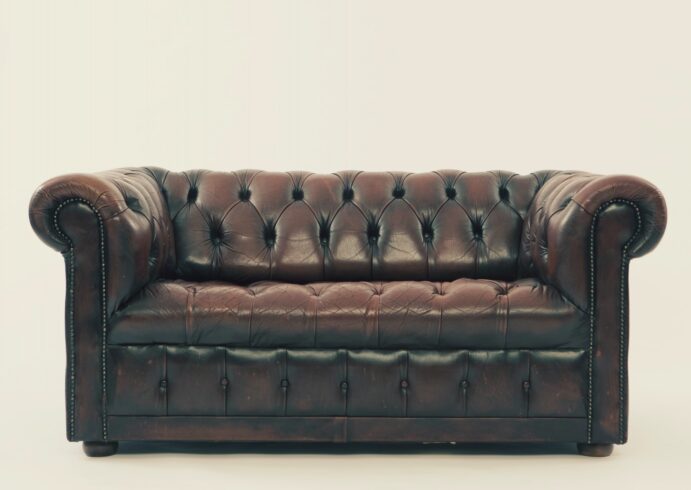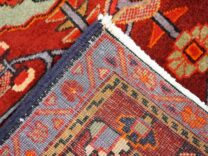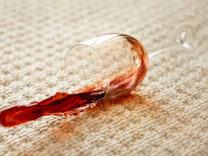In recent years, leather cleaning has moved from a specialty service offered by very few companies to a higher-demand service that more cleaning and restoration professionals have had to include. This is because of the popularity of leather upholstery.
Between 20 and 30% of the furniture sold in recent years has been leather. Consumers purchased these products believing leather is an “easy care” product that requires no professional cleaning. This belief created a great demand early on. As the years passed, more and more consumers were not satisfied with the performance of their leather goods and needed the help of trained professionals.
Leather types
Furniture manufacturers use many ways to classify leather. The most practical classification for professional cleaners separates the leather according to its durability and cleanability. Protected, Aniline, and Nubuck leather are the three basic categories of leather.
Protected Leather
This leather has a pigment coat over the surface of the leather itself. This coating leaves a durable surface. This durable finish material is susceptible to damage from prolonged exposure to body oils and improper cleaning agents. Protected leather makes up the most common leather upholstery bought today.
Aniline Leather
Aniline leather is the most expensive and considered the highest quality leather. This type of leather uses transparent dye. This dye may change the color of the leather, but the original natural characteristics of the leather are still visible. Although protective finishes are sometimes applied, the lack of the durable protective coating that Protected leather has makes Aniline very difficult to clean and restore. Also, aniline leather is susceptible to color loss from improper cleaning agents and will fade quickly from environmental factors.
Nubuck Leather
Like Aniline, Nubuck is an unprotected leather. The main difference between Aniline and Nubuck is texture. Nubuck leather creates a nap through mechanical buffing, much like brushed denim clothing. This nap causes a soft, almost velvet hand. However, the larger, porous exposed surface is extremely absorbent to spills and body oils. When body oils and spills absorb deeply into Nubuck, it is time-consuming to restore the original color and texture. The disappointments with Nubuck have created the growth of microfiber synthetic materials.




